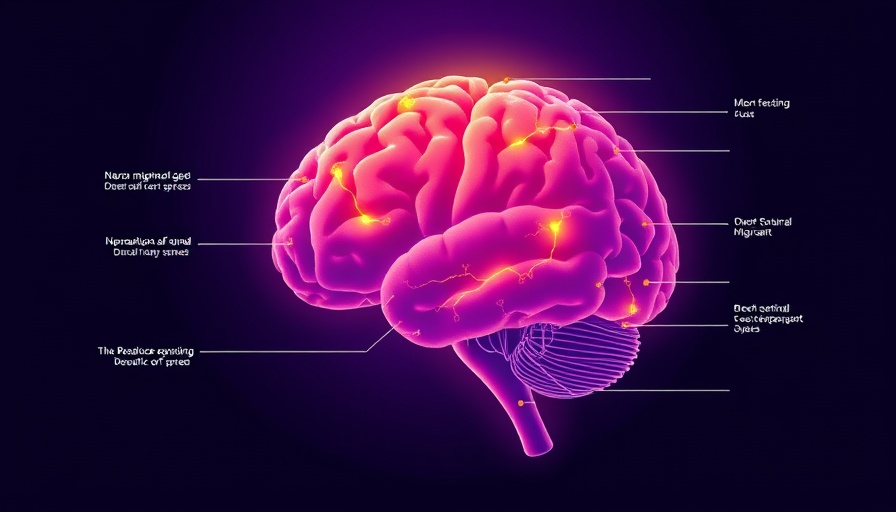
Unpacking Neuronal Migration: A Journey Through Brain Tissue
The complex journey of neurons as they migrate through the developing brain is not only fascinating but crucial for proper brain formation and overall function. Recent research conducted by a team at Kindai University in Japan reveals that neurons employ adaptive migration strategies depending on the environment they encounter, an insight that could reshape our understanding of neurological development and health.
The Mechanisms Behind Neuronal Movement
Neurons exhibit distinct migration techniques influenced by their specific types and the spatial configurations they face. For instance, forebrain interneurons utilize myosin to generate a pushing force, while cerebellar granule neurons in laboratory cultures leverage traction forces through actomyosin. This diversity in migration methods points to a sophisticated interplay between the intrinsic properties of neuron types and their external environments.
Innovative Insights from Microfluidics
Utilizing microfluidic devices to simulate the constraints of brain tissue, researchers have made significant strides in understanding how these cells adapt their movement strategies. The study highlights how neurons can toggle between different locomotion modes, whether they are traversing open spaces or squeezing through confined regions. This adaptability might be vital for navigating the crowded milieu of neural tissues critical for forming functional brain circuits.
Importance of Mechanosensing in Neurons
Central to these findings is the concept of mechanosensing—how neurons detect and respond to mechanical signals from their environment. Lecturer Naotaka Nakazawa's work suggests that the deformation of a neuron's nucleus in response to external stressors influences its migration mode, underscoring the relationship between physical constraints and cellular behavior. Understanding this could open new avenues in treating neurological disorders where cellular migration is disrupted.
Neurology Meets Health and Wellness
This advanced understanding of neuronal behavior holds significant implications for health and wellness, particularly in communities focusing on brain health. As science increasingly connects brain function with overall health, the migration patterns of neurons provide insight into preventative measures for neurodegenerative diseases. Community health initiatives can integrate findings from such research to promote awareness about brain health and encourage lifestyle choices that support neurological wellness.
Future Directions: Implications for Medicine and Therapy
As we further investigate neuronal migration, potential applications in regenerative medicine and therapies for conditions like Alzheimer's could arise. By developing treatments that enhance or mimic the natural migratory abilities of neurons, researchers might unlock new paths to restore function in diseased or injured brains. This translational research illustrates how fundamental neuroscience can birth innovative health solutions.
Engaging with Community Health Initiatives
To leverage these groundbreaking insights in a practical manner, community health and wellness centers can organize events focusing on promoting knowledge of brain health. This can manifest via health and wellness seminars, workshops on nutrition impacting cognitive health, and discussions involving lifestyle modifications that enhance resilience against neurological disorders.
Engaging with local health experts and organizations not only disseminates crucial information about brain health but also fosters a proactive community ethos prioritizing wellness. Such efforts can help cultivate a culture of health-conscious individuals informed by the latest scientific research.
Conclusion: A Call to Action for Brain Health
In a rapidly evolving understanding of how neurons migrate, it becomes our responsibility to harness this information for better community health and wellness outcomes. We encourage readers to explore local health events and workshops focusing on brain health and wellness. Understanding and applying these insights could play a pivotal role in enhancing life quality and longevity.
 Add Row
Add Row  Add
Add 




 Add Row
Add Row  Add
Add 


Write A Comment